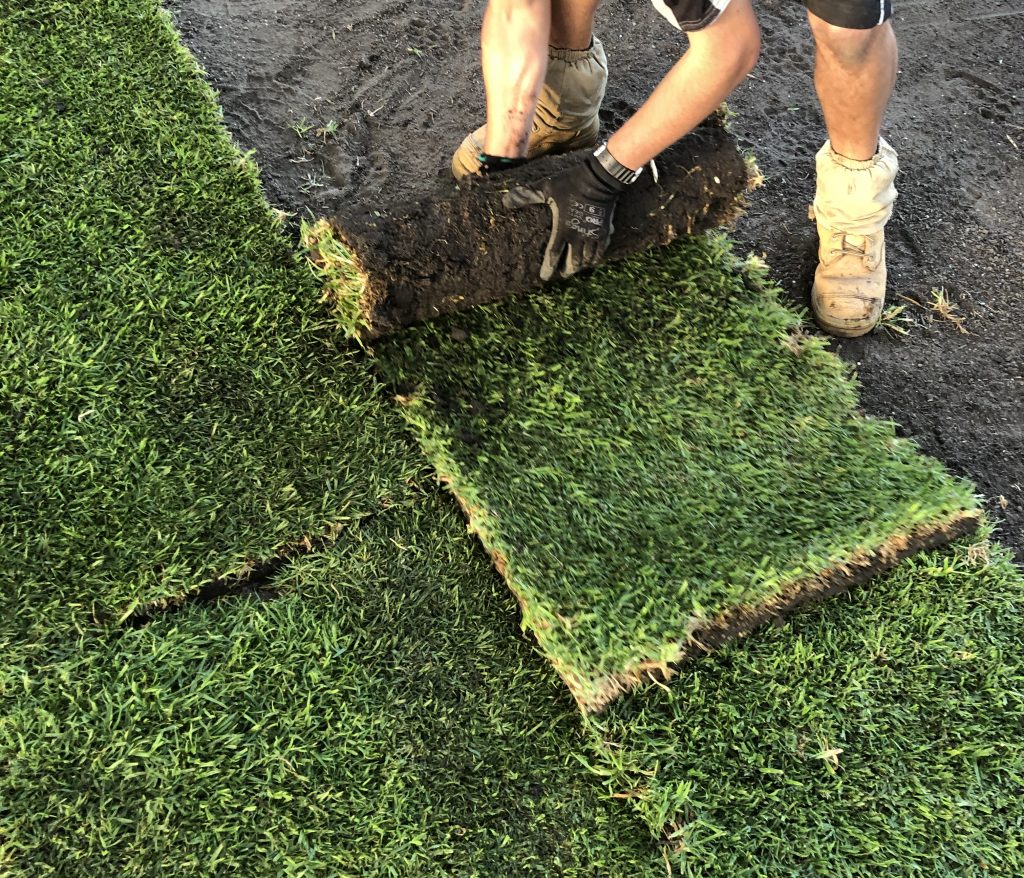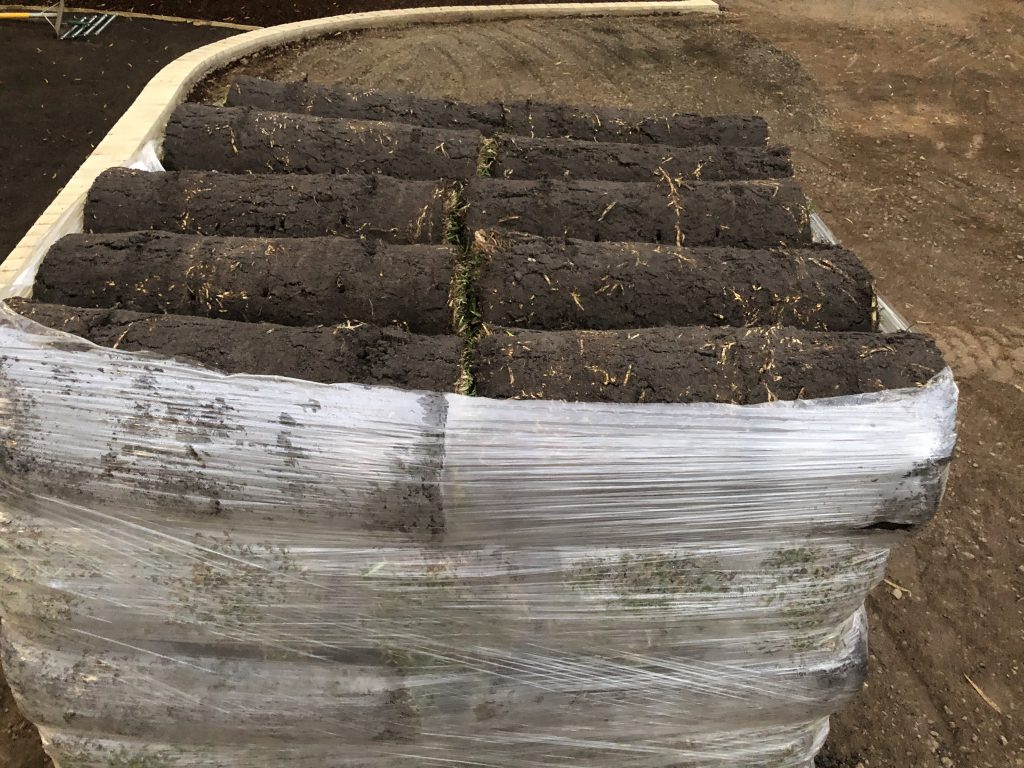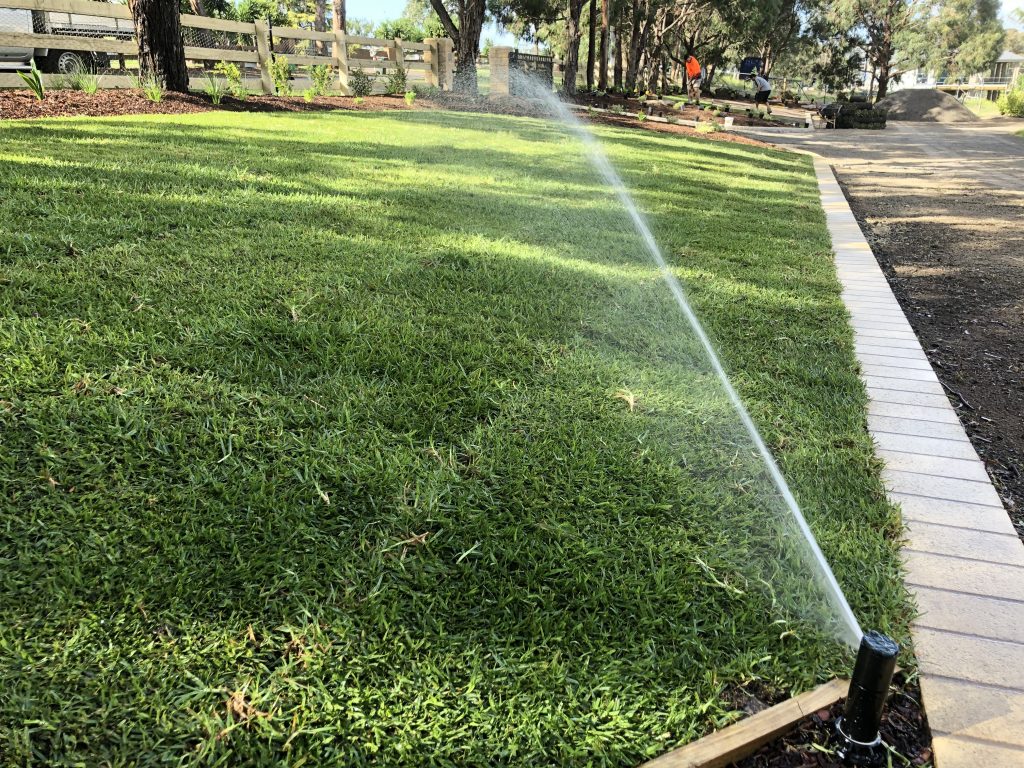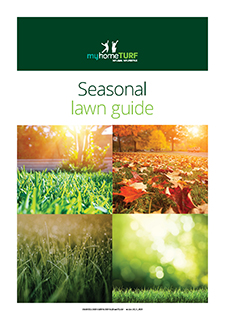When it’s too Hot to Mow Your Lawn!
A healthy lawn provides you and your family with a green, lush and welcoming environment. However, when temperatures rise and the harsh summer sun beats down on your lawn, the ...

 Don’t be put off laying a new lawn in the hot summer months.
Don’t be put off laying a new lawn in the hot summer months.
The warmer the weather, the quicker your lawn’s new roots will establish BUT, make sure you have plenty of water.
During summer, a new lawn can establish in two to three weeks, which is half the average establishment time of six weeks.
For your own sanity, it might be wise to avoid laying turf when temperatures are above 38 degrees centigrade – unless you have an automated watering system established.
Aside from the extreme weather, you should have no trouble laying Zoysia, Couch, Kikuyu and Buffalo lawns in the typical spring and summer temperatures across the Country.
Most importantly, always lay the turf on the day that it is delivered. Make sure you have the area prepared and ready to go. See our Checklist for site and soil preparation article for more tips.
 Turf is very perishable and won’t appreciate being left on the pallet overnight once it has been delivered.
Turf is very perishable and won’t appreciate being left on the pallet overnight once it has been delivered.
Always remove any plastic wrapping on the pallet as soon as its delivered and give the rolls or slabs a good spray of water to cool them down.
Before your new lawn arrives, ascertain how you will water it once it has been laid.
Watering your new lawn could be as simple as a sprinkler on a tap timer right through to an automated irrigation system which you put down before laying the new turf.
 The thing to remember is that introducing new lawn to your garden requires as much care as you would give to any new plant – and that means good preparation and after-care.
The thing to remember is that introducing new lawn to your garden requires as much care as you would give to any new plant – and that means good preparation and after-care.
You will need to be prepared to water your new lawn consistently for many weeks.
For more information on watering a new lawn – read our article or we have a Water schedule for a new Buffalo lawns here.
If you are looking to buy turf now, You can obtain 3 Quotes from your local myhomeTURF supplier today. Just enter your postcode and variety of grass you would like to obtain 3 Quotes for and our growers will get back to you within 3 business days
.
Sign up for our Newsletter to receive your free guide.
